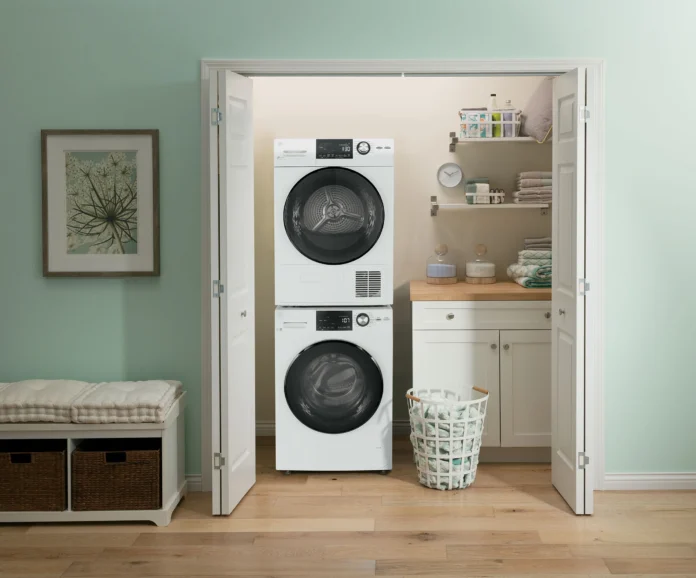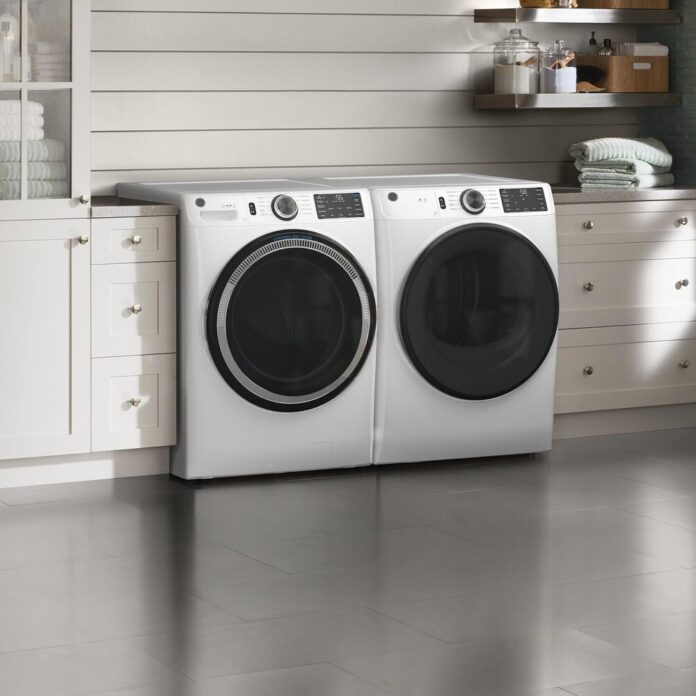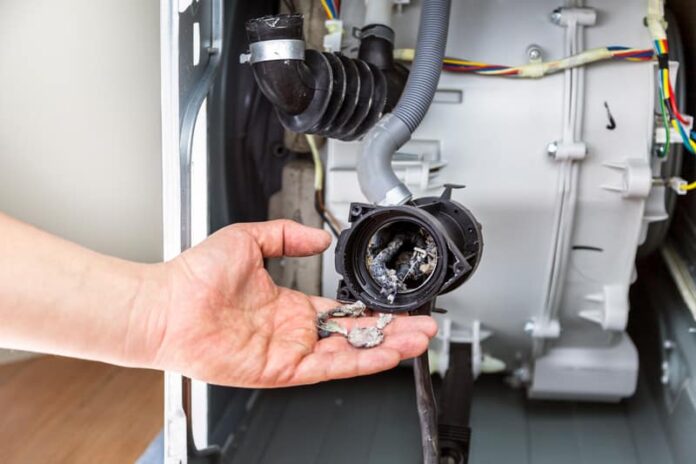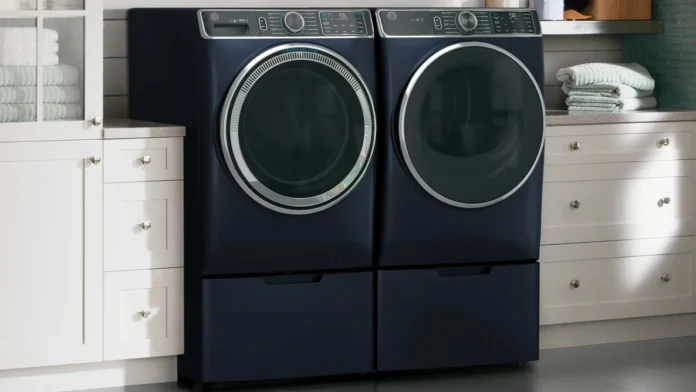Typical malfunctions of washing machines include malfunctions in which the machine does not start washing. In such cases, the washer turns on only once or does not respond at all to user commands. Most failures can be repaired with your own hands at home. If your domestic helper suddenly refuses to work, there is no need to despair. The attentive inspection and timely replacement of the damaged parts can revive the washing machine in most cases before the arrival of the master. Get a repair kit and instructions for your model, and you will succeed.
If the machine does not start the cycle, it is necessary to postpone the washing and conduct a comprehensive diagnosis of the unit. It is better not to experiment and immediately contact the service center for professional help. For this purpose, you can use the services of experts at appliancerepairexpert.ca. Specialists of this company are ready to perform professional diagnostics of your washing machine, as well as to make the necessary repairs. Typically, the masters leave on the day of application or the next day after contacting the repair service.
If your washer doesn’t start on command, you won’t be able to cross laundry off your to-do list. What could be the reasons for it? It’s possible that the door isn’t firmly closed or secured. Use these tips to fix a GE washer that won’t start and get back to your regular laundry routine. While a part failure is possible, the most common causes of a GE front load washer not starting are repairable by the homeowner. Here’s how to figure out what the issue is and how to fix it.

1. Power Issues
Why won’t your GE washer start or respond to any commands? It’s possible that it isn’t getting enough electricity if none of the control panel buttons respond.
Here’s how to figure out what’s wrong with your washer’s power:
- Examine the power cord: Check if the cord is plugged into a working outlet.
- Extension cords should be avoided: These cords are unable to consistently carry the voltage required by a washing machine, resulting in power spikes.
- Keep an eye out for tripped breakers: Check any tripped breakers in your home’s circuit breaker box, and reset any that need to be reset.
To continue a wash cycle after the power has been restored, you may need to reset the washer. Simply disconnect the washer or turn off the circuit breaker to reset it. Wait 2 minutes before re-selecting your wash cycle and restoring power.
2. Locked Washing Machine Controls
To prevent an inadvertent start, the Control Lock feature locks all control panel buttons. An illuminated lock icon will appear on the control panel display after it has been enabled. Press and hold the LOCK button for 3 seconds to switch off the Control Lock. The icon should vanish from the screen, indicating that the feature has been turned off.
Have you noticed that your GE washer isn’t filling up right away? This additional child safety function pauses the cycle and unlocks the door when the START button is hit. After 15 seconds, the door is unlocked again, and the wash cycle is resumed by filling it with water.

3. The Washer Door Latch Isn’t Locked
One of the most significant differences between the front and top load washers is the locking door on the front loader. To start a wash cycle, this door must be completely closed with the latch engaged as a safety measure. Before closing the door, ensure it’s free of any overhanging clothing that can hinder it from closing properly. To ensure the latch engages, always close the door with a strong push.
If the door is correctly closed and your GE washer turns on but does not start, the door latch may have failed. The latch will not tell the washer to start a wash cycle if it fails mechanically or electronically. The latch must be replaced if it has evident damage or fails multimeter testing with no continuity.
4. Broken Washer Motor
The washer motor will need to be repaired by an expert. However, you can usually tell if the problem is with the motor merely by hearing. When motors start to fail, they hum, whir, whine, and buzz. A washer with a failing motor is one that has become noisier or has erratic motor noises. Your washer’s motor has failed if you hear it try to start and then fail.
From here, you may either use a multimeter to test the motor or replace it. Replacing your washer motor is a major task that should be handled with caution or by a professional.

5. GE Washing Machine Parts That Aren’t Working
If all else fails, a part failure could be the cause of a GE front load washer not starting.
The following problems can prohibit a washing machine from starting right away, necessitating a washing machine repair service:
- When the washer is in danger of overheating, the thermal fuse blows, turning off power to protect other components from damage. The fuse in a GE washing machine must be replaced before the machine can start. To avoid a recurrence, the cause of overheating should be investigated first.
- The control board supervises all washer activities, supplying voltage to the necessary function at the proper moment. If the board fails, the washer will not be able to process any electronic commands.
- The timer works in conjunction with the control board to start the appropriate washer function at the appropriate moment. The washer may not start, drain, or change cycles properly if it malfunctions.
Conclusion
Remember that if your washing machine is under warranty, self-repair may violate the operating conditions, and the service center will not be able to provide maintenance at the expense of the warranty. You can entrust your appliances to specialists in repairing washing machines at home. To do this, you need to contact the appropriate service.





![Calgary’s Hottest Neighborhoods for Luxury Homebuyers [2024]](https://thewashingtonote.com/wp-content/uploads/2024/04/Calgary-324x160.png)



